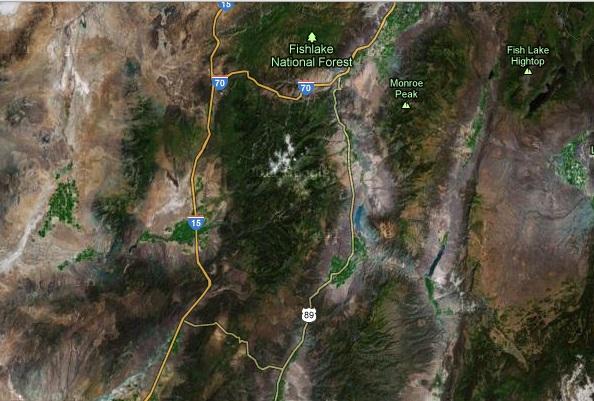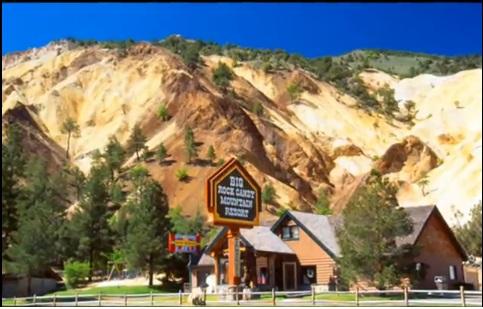I just adore the loving way Burl Ives sings this song, savoring the chorus. I remember it being on the radio when I was a kid, but now that I'm older, I appreciate it more.
Big Rock Candy Mountain
Oh the buzzin' of the bees
In the cigarette trees
Near the soda water fountain
At the lemonade springs
Where the bluebird sings
On the big rock candy mountain
On a summer day
In the month of May
A burly bum came hiking
Down a shady lane
Through the sugar cane
He was looking for his liking
As he roamed along
He sang a song
Of the land of milk and honey
Where a bum can stay
For many a day
And he won't need any money
Chorus:
Oh-h-h-h-h the buzzin' of the bees
In the cigarette trees
Near the soda water fountain
At the lemonade springs
Where the bluebird sings
On the big rock candy mountain
In the Big Rock Candy Mountain
The cops have wooden legs
The bulldogs all have rubber teeth
And the hens lay soft-boiled eggs
The box-cars all are empty
And the sun shines every day
I'm bound to go
Where there ain't no snow
Where the sleet don't fall
And the winds don't blow
In the Big Rock Candy Mountain.
Coming through Utah the other day, I took a detour off the Interstate down highway 89, past the Big Rock Candy Mountain Resort and the Big Rock Candy Mountain itself.


Next time I will go further south on 89 - it goes past our pal Steve's house eventually - but I just wanted to get a general feel for what it was like over there. I have gotten into situations before, when driving alone, I took a road less traveled that ended up as a gravel mountain pass out in the boondocks. Very scenic, and I finally arrived at my destination, but it can add hours to the journey. And I had that cat with me.
Turning onto that back road, I had expected a narrow river valley dwarfed by crystalline granite cliffs, but it was a broad, green valley very similar to the one to the west where the Interstate is. Reminds me of The Bear Went Over the Mountain to see what he could see, and all he saw was the other side of the mountain.
Here is technical information from the Utah Geological Survey:
Located a few miles north of Marysvale in Piute County, Big Rock Candy Mountain consists of altered volcanic rock in various shades of yellow, orange, red, and white.
Approximately 22 to 35 million years ago, a cluster of stratovolcanoes (volcanoes similar to Mount St. Helens) erupted, depositing large volumes of lava and ash. Known as the Bullion Canyon Volcanics, these volcanic rocks are more than 3,000 feet thick.
Approximately 21 million years ago, at least six magma bodies intruded the overlying Bullion Canyon Volcanics. Through a complex chemical process involving hydrogen sulfide, steam, ground water, and oxygen, the original volcanic rock was partially altered or totally replaced. The vivid colors that one sees at Big Rock Candy Mountain are the direct result of this mineralization.
The yellow, orange, and red colors are from the presence of iron minerals, such as jarosite, hematite, and pyrite. The white color is due to the presence of alunite and kaolinite, minerals rich in potassium.
Over the past 15 million years, erosion has removed the distinct shapes of the former volcanoes, and within the past several million years has exposed the altered volcanic rocks in Marysvale Canyon along the Sevier River.


